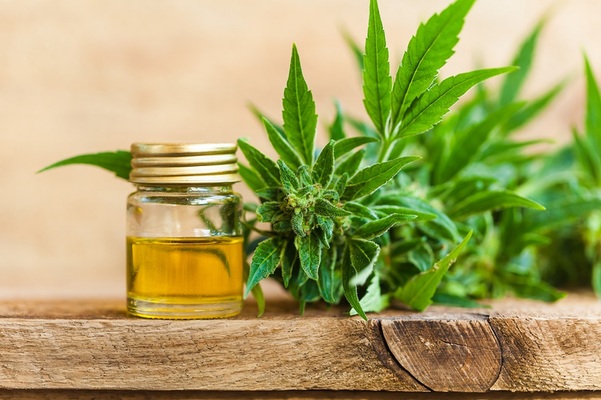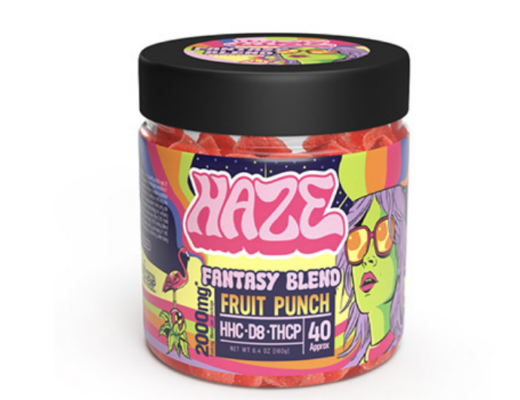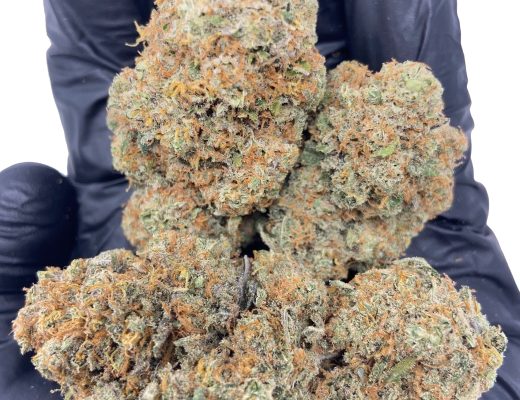The cannabis industry is huge and it’s growing larger by the hour. It’s also a lot like any other industry, there are some common issues that people run into when they first get started in this space, but it doesn’t have to be complicated or scary. Here we’ll go over some of the most common issues you will encounter on your journey through the Delta-8 THC flower from Budpop plant.
The Cannabis Plant Basics
The cannabis plant is a flowering herbaceous perennial plant which grows between 1-3 meters tall. This makes it a little taller than most plants, especially compared to annuals (which grow only one season). The cannabis plant has several different growth stages throughout its life cycle; germination, seedling, vegetative, reproductive and flowering. These stages of growth are not all present at once; instead they occur in order from top to bottom. Most people tend to think of these stages as being separate; however, if you look closely you can see that they overlap. For example, cannabis plants start out as seedlings before going into their vegetative phase. So while cannabis flowers are technically part of the reproductive stage of the plant, you could technically still see them as being part of the seedling stage.
When a cannabis plant goes through the vegetative stage, it sends up several shoots called stalks which contain both leaves and stems. The cannabis plant produces the majority of its energy during the vegetative stage and uses those resources to send up more shoots to continue producing seeds. The cannabis plant begins to produce the largest amount of energy when it enters its reproductive stage. During the time the plant is in its reproductive stage it will stop producing new shoots and begin sending up flowers. When the plant reaches maturity, the female flowers will become ripe and ready for pollination.

Once the flowers are pollinated, they will turn into either the male or female cannabis plant depending on what sex the pollen was taken from. If the pollen comes from the same plant then that plant will produce a seed. Seeds are the cannabis plant’s primary method of reproduction. After the flowers are pollinated they will develop into either male or female cannabis plants. Male cannabis plants do nothing but produce pollen, while female cannabis plants bear the cannabis plant’s seeds.
There are a few things that happen in the cannabis plant after it has been fertilized, including the beginning of the flower phase. As the cannabis plant begins to mature, the pistil, which is the female cannabis plant’s ovary, will release the pollen inside it. Once the pollen has been released, it will travel throughout the whole cannabis plant until it finds an open bud. Once the pollen lands on a bud, the stigma, which is the female cannabis plant’s style, will transfer the pollen to the pistil, causing it to produce a seed. Now that the cannabis plant has created a seed, the process known as “ripening” starts. Ripening causes the seed to grow and the seed coat to harden.
During ripening, the cannabis seed matures and develops a root system, which is what allows it to survive outside of its mother plant. In nature, the cannabis seed would be eaten and digested by animals and insects, but the cannabis plant has developed a way around this natural process. The cannabis plant has developed a special layer around the seed called the endocarp, which protects it from predators and keeps it safe until it’s ready to be planted. Once the cannabis plant is ready to be planted, the seed will sprout roots and create a small cannabis plant.
The Cannabis Bud Basics
Now that we’ve gone over some of the basics about the cannabis plant, let’s take a closer look at how cannabis buds come together. There are two types of buds found within a cannabis plant; trichomes and nugs. Trichomes are usually found on the outer surface of the cannabis flower while nuggets are found on the inner surface of the cannabis flower. While cannabis plants have many different types of trichomes, the main types are conical and clubbed.
Trichomes are actually modified hairs that come from the cannabis pistils. They are very thin and almost invisible unless viewed under a microscope. Trichomes are responsible for the aroma that makes cannabis so appealing. There are three types of trichomes; the ones with caps, the ones without caps, and the ones that resemble leaves.
Nuggy buds are the actual fruit or seeds of the cannabis plant. Nugget buds are usually formed by the cannabis pistils and fall off the plant along with the stigmas. Nugget buds give the cannabis plant the appearance of having multiple flowers on each branch. Nugget buds are the type of bud that people usually smoke because they offer the best taste and smell.
The final type of bud found in a cannabis plant is the cola bud. Cola buds are formed on the branches that surround a cannabis plant and are often referred to as “mother branches”. Mother branches provide nutrients to the rest of the cannabis plant. Without the nutrients provided by the mother branches, the cannabis plant would not be able to complete its full lifecycle.

The Cannabis Flower Basic Detail That Everyone Should Know
As you may have noticed, cannabis’ lifecycle is quite complex. However, it really isn’t that complicated when you break down the process. In fact, it’s pretty simple once you understand the basics.
Every time you smoke a joint there are 3 parts involved: the stem, the bud and the bowl.
Stem – This is the part of the cannabis plant that contains the cannabinoids.
Bud – This is the part of the cannabis plant where the cannabinoids are concentrated.
Bowl – This is the part of the cannabis plant that holds the cannabis flower in place.
If you don’t pay attention to the order of these elements, then you might find yourself with a bad experience. Let’s put it this way; if you’re lighting a joint, then it’s probably a good idea to make sure that you light the stem last. Otherwise, you might end up burning the bowl. Also, keep in mind that when smoking joints, it’s important to always hold the stem with your fingers and thumb, as opposed to holding it with your palm. Doing so will help you avoid burning your fingertips when you inhale.



